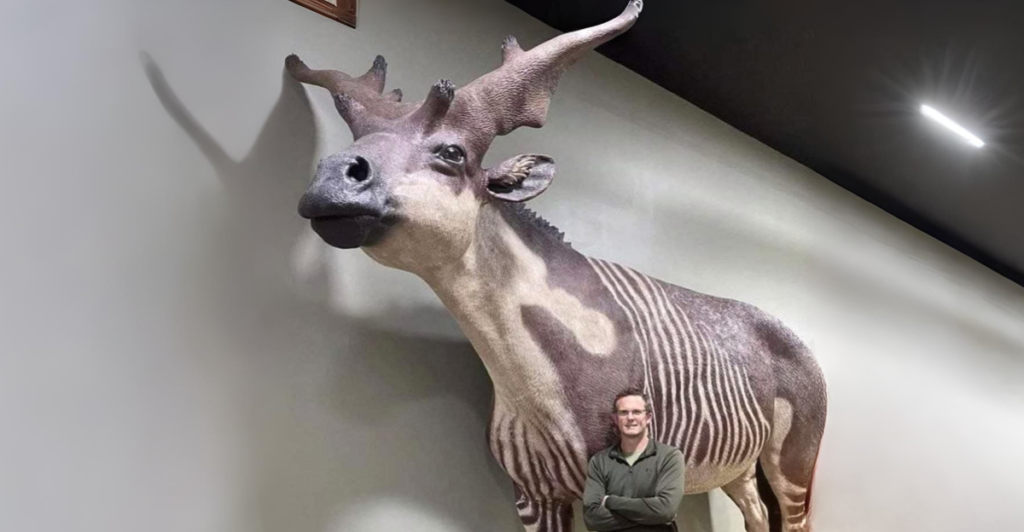
Paleontologists have found fossils in South America that could challenge the idea that megafauna went extinct around 11,000 years ago. Giant megafauna fossils, such as the predecessor of the modern camel, were found dating back to around 3,500 years ago. This could completely change the timeline of extinctions that we have followed up on until now.
Changing Established Knowledge

It’s been established that megafauna-like woolly mammoths and giant sloths died out about 11,000 years ago, with the onset of the Holocene epoch. New fossil discoveries could change this knowledge and push extinction dates forward thousands of years.
A Fateful Discovery
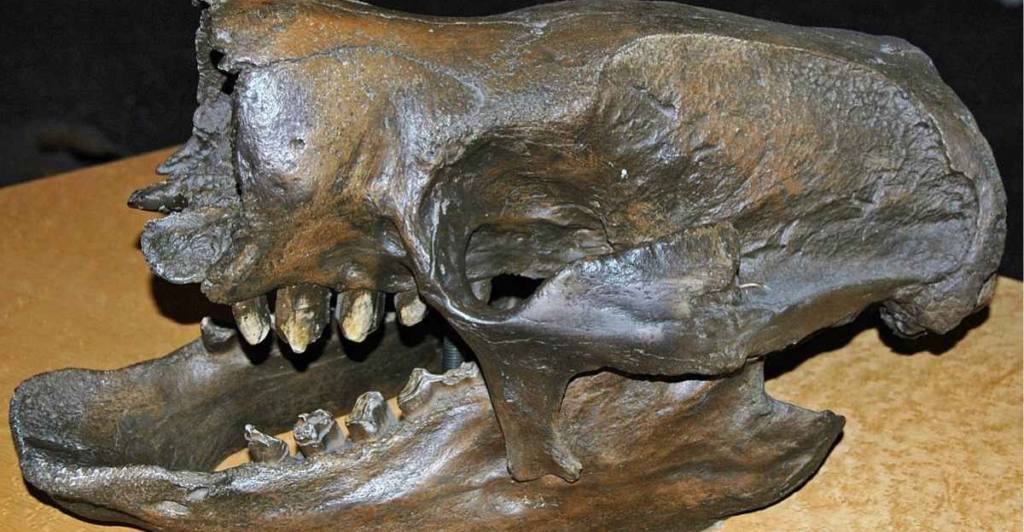
In Brazil, South America, a geologist named Fabio Faria and a team of researchers came across a fateful discovery. They found teeth belonging to megafauna that, with carbon dating, were found out to be only 3,500 years old. This has implications for both the fossil records of the environments that housed animals in South America recently.
Examining The Teeth
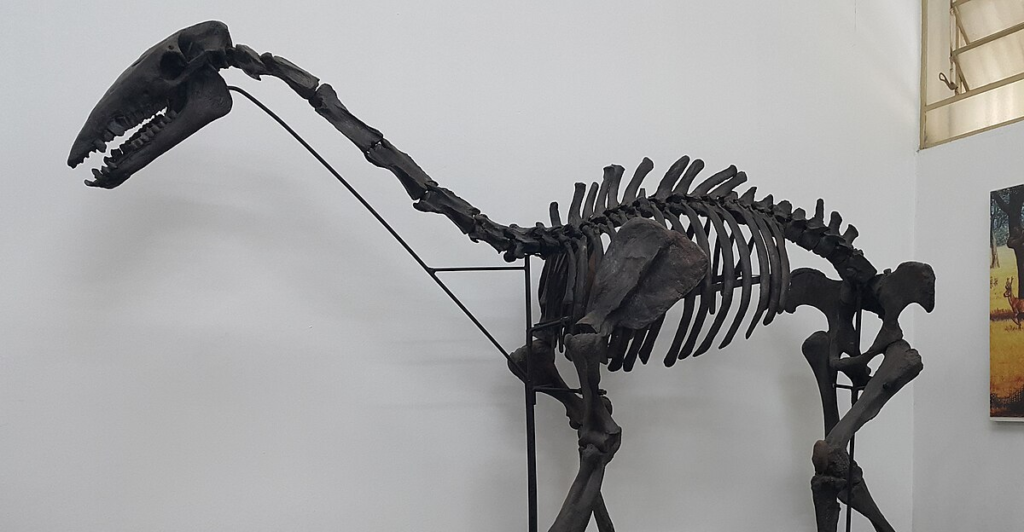
The teeth were examined, and those belonging to Palaeolama major and Xenorhinotherium bahiense were found. They were found to be much younger than were previously speculated, especially for Palaeolama major, which is an early predecessor to the llama. Xenorhinotherium bahiense had a tapir-like nose and other llama features. These new finds are exciting for many scientific fields.
Palaeolama Major
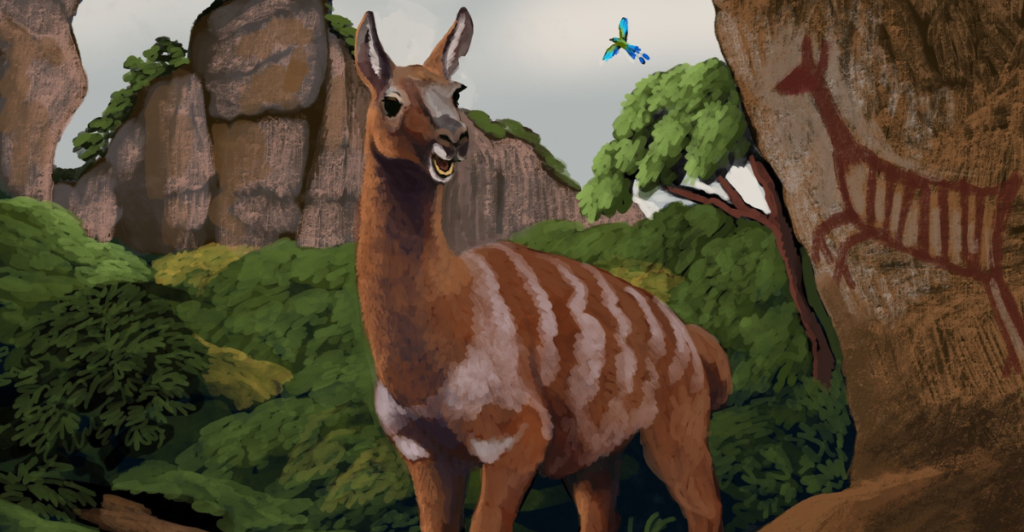
Palaeolama major was first discovered in 1872 through fossils found in northern Brazil, Argentina, and Uruguay. These fossils were an expected age, helping to establish that megafauna went extinct over 10,000 years ago. However, the findings Faria and his team published on Feb 1, 2025, are the youngest the species have ever been found.
Xenorhinotherium Bahiense
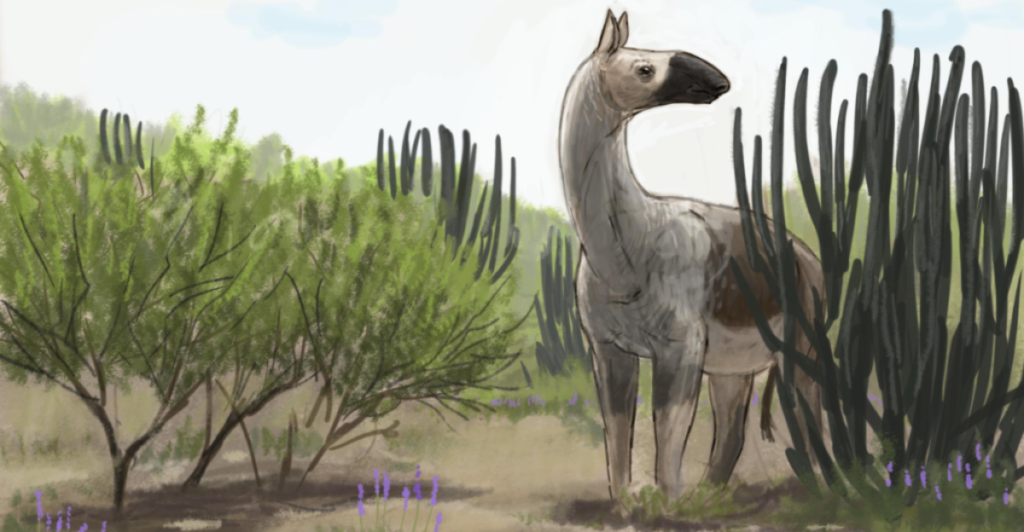
Xenorhinotherium bahiense was quite a unique example of megafauna, with its unique traits including the tapir-like nose. The animal would have lived during the Pleistocene and Holocene Epoch and would have weighed over 2,000 pounds.
Living Among Humans
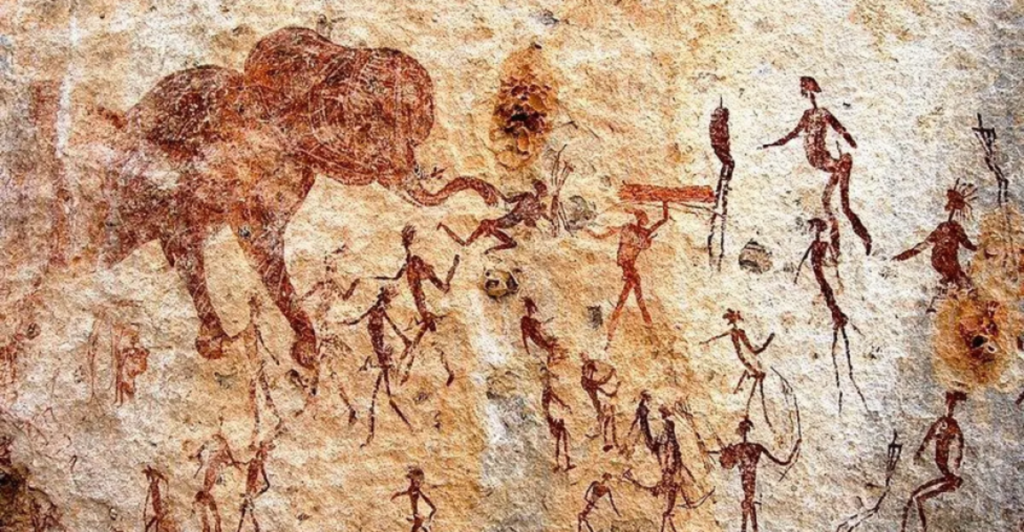
Through fossil and archaeological evidence, early humans would have emerged in South America around 18,000 years ago. With the megafauna fossils only dating back 3,500 years ago, it’s very likely that these species co-existed for far longer than previously thought.
A Popular Theory
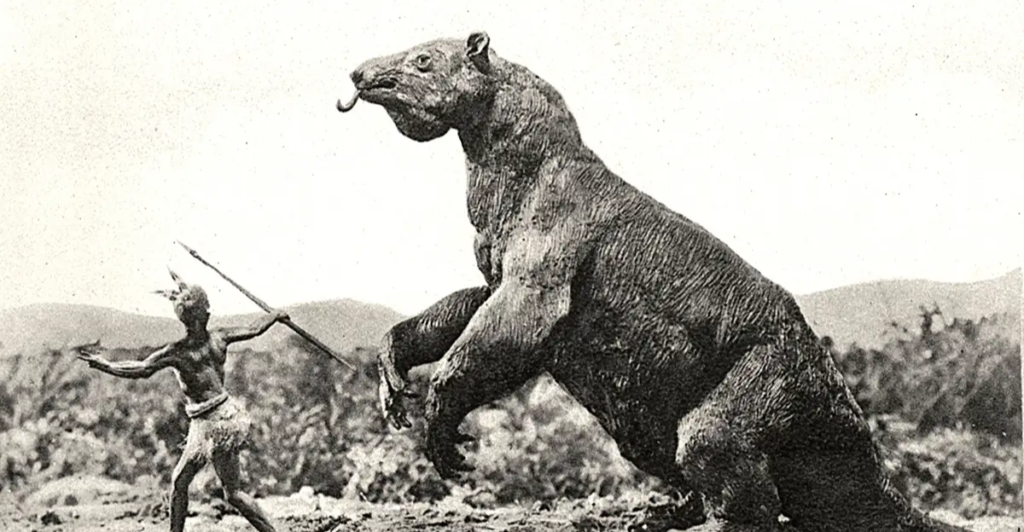
One of the leading theories that proposed megafauna died out around 10,000 years ago is overhunting from predators and possibly early humans. With the new discovery, this theory is being challenged, and future discoveries could only further back it up.
A Shelter

The South American continent was somewhat isolated and could have allowed these species to survive for far longer than previously thought, as noted by Paleoecologist Dimila Mothé. While their populations in other regions died out, they thrived for many more thousands of years.
Environmental Changes

There are several factors that led to the decline of megafauna in South America. Environmental changes would have impacted the open fields that they roamed and changed them into dense forests, which meant that there were fewer grazing areas available.
Other Factors
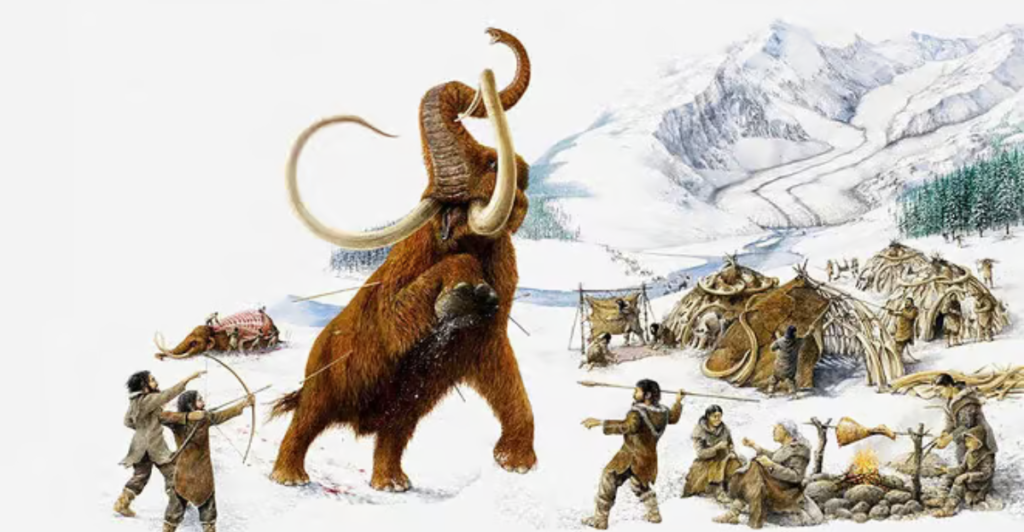
There are many other factors that ultimately killed off megafauna species. Human activity including hunting and habitat encroachment would have lowered their population, as well as climate change drastically changing the landscape.
Implications Of Current Beliefs

The fossil discoveries could transform the way we thought megafauna lived in South America and have implications for other discoveries waiting to be made. South American megafauna’s history could possibly change, with these diverse animals living for another 7,500 years longer than previously believed.
Future Research

New avenues of research have been opened up by the megafauna revelation. Existing fossils should be re-dated to ensure their accuracy, and more exploration should be conducted on the continent. One day, megafauna’s full story will be uncovered, and all the pieces of the puzzle will fit together.
Explore more of our trending stories and hit Follow to keep them coming to your feed!

Don’t miss out on more stories like this! Hit the Follow button at the top of this article to stay updated with the latest news. Share your thoughts in the comments—we’d love to hear from you!







